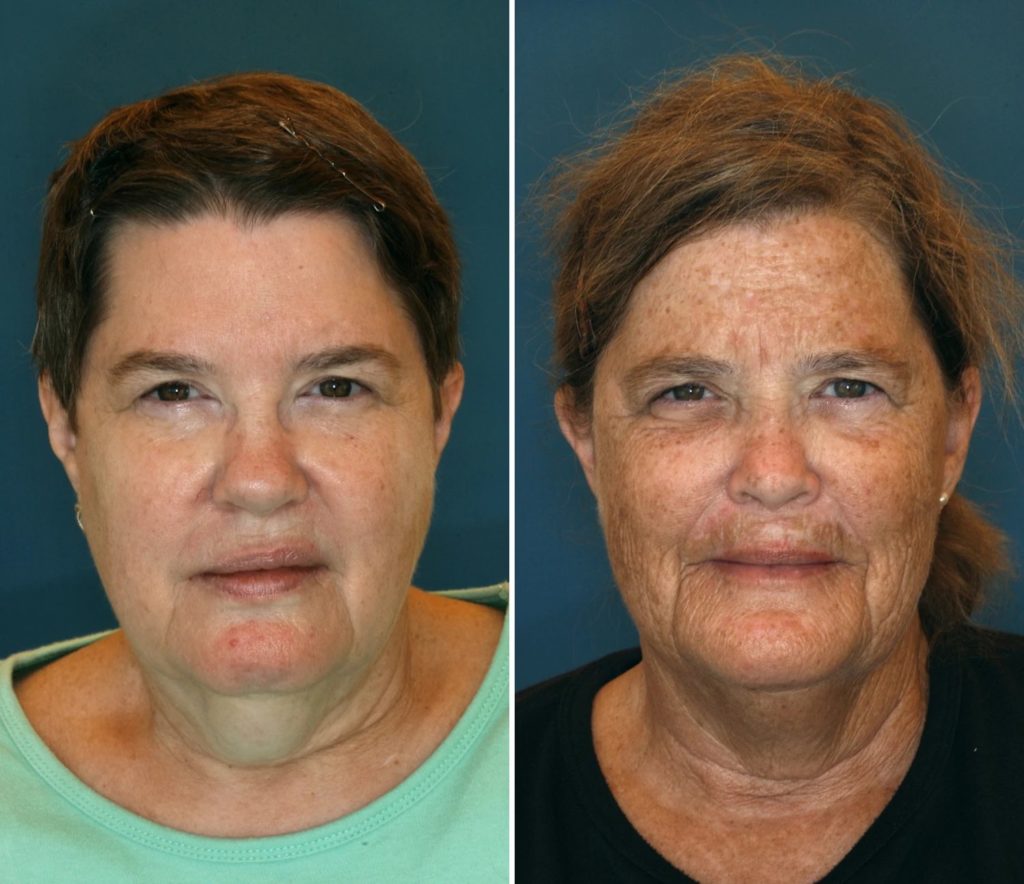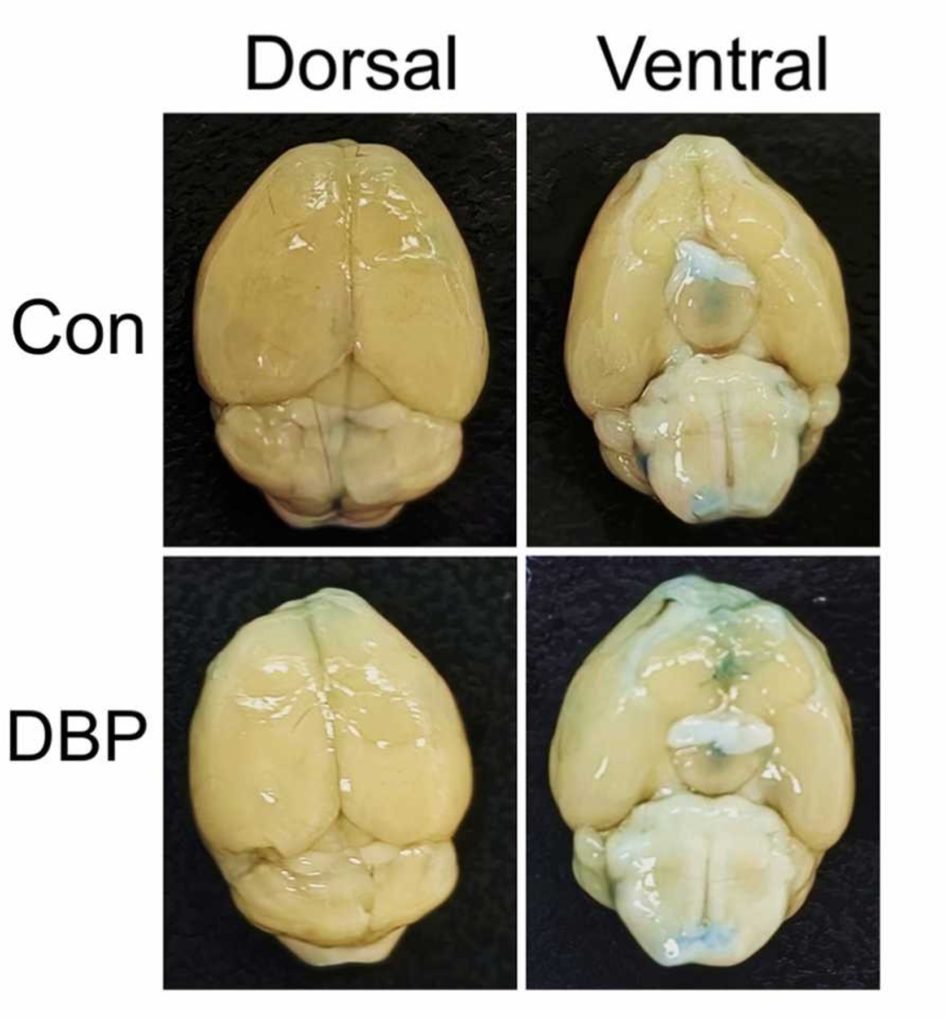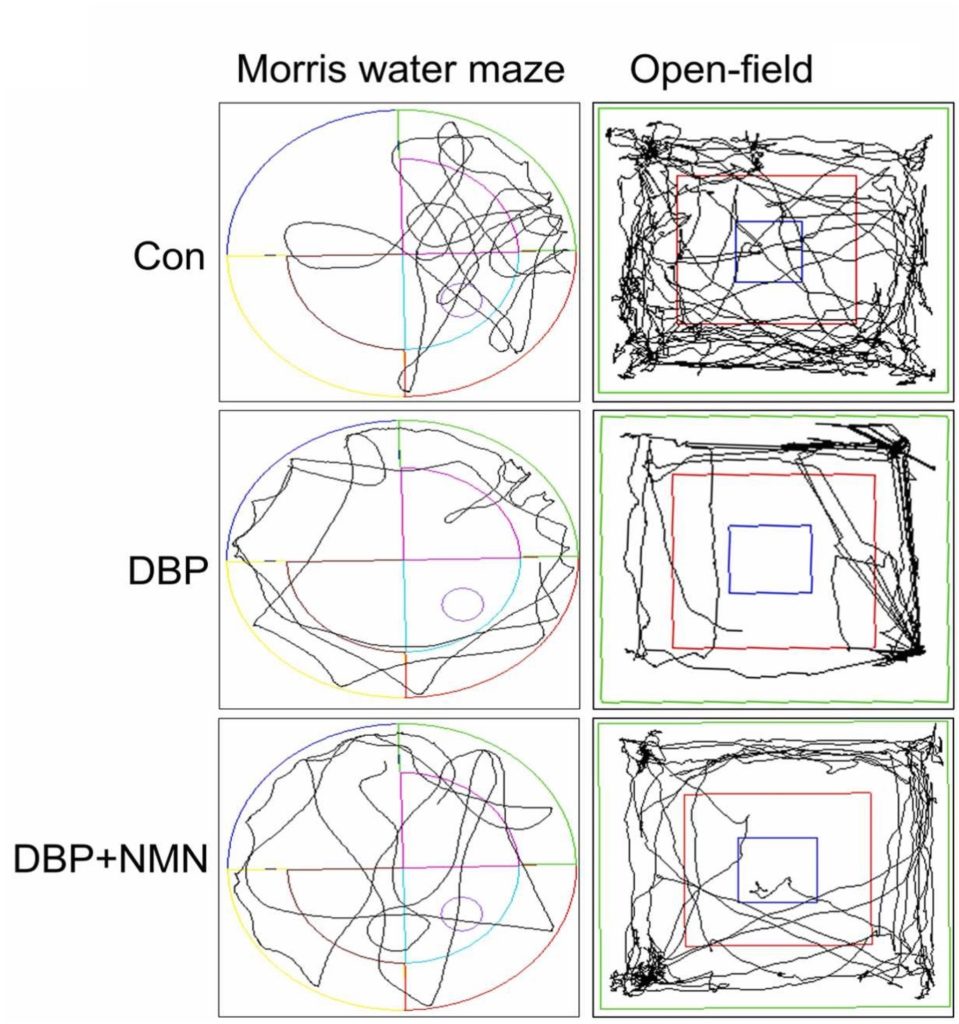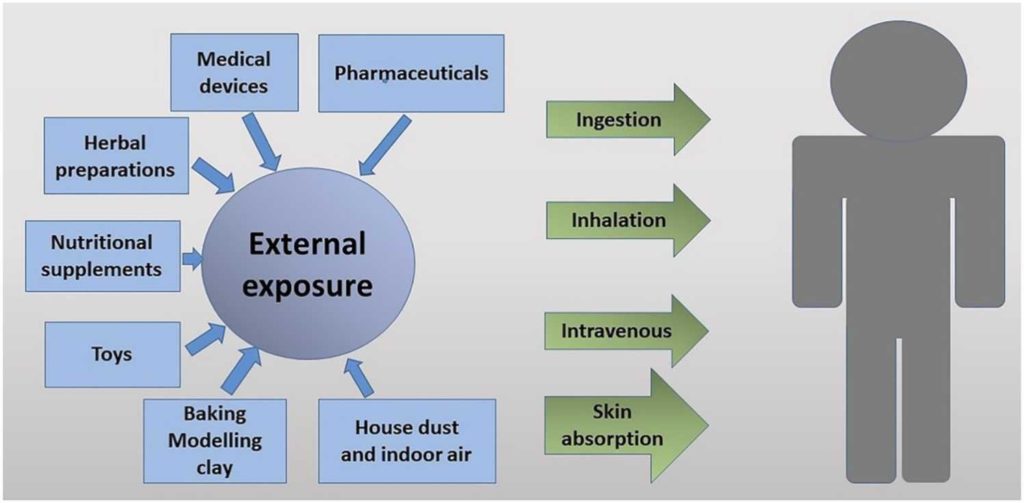New Study: NMN Supplement Mitigates Neurotoxicity Induced by Household Products
The NAD+ (nicotinamide adenine dinucleotide) booster NMN (nicotinamide mononucleotide) mitigates the brain damage and cognitive deficits induced by a common household chemical in mice.
Highlights
- Phthalate exposure triggers the breakdown of the protective structure surrounding the central nervous system.
- Supplementing with NMN mitigates the breakdown of this structure while reducing inflammation.
- NMN supplementation counteracts cognitive and emotional impairments induced by phthalate exposure.
Many of us were born into a world of plastic—synthetic polymers made from fossil fuels. Such a reality was initiated during World War II, when plastic production increased by 300% in the United States. Plastic products, such as nylon and Plexiglas, supported the war efforts. These inexpensive, easy-to-manufacture materials were used to fabricate parachutes, body armor, aircraft windows, and other essential items. Following the war, plastic quickly replaced steel in cars, paper and glass in packaging, and wood in furniture, generating the affordable modern conveniences that Americans were eager to consume.
As American optimism dwindled in the 1960s, the environmental consequences of plastics entered the collective awareness, becoming a symbol for superficial conformity. Today, there are rising concerns over the human health costs of plastic, particularly microplastics—the microscopic particles that break off of larger pieces. There is also unease surrounding the chemicals found in plastic products, including bisphenol A (BPA) and phthalates, which may trigger unforeseen harms to human health. And with the recent elucidation of how aging occurs at the cellular level, emerging research is pointing to these chemicals accelerating the biological aging process.
We Age at Different Rates
We’ve all seen people who look physically older than their chronological age (actual age). Most strikingly, clinical studies of identical twins reveal that this phenomenon isn’t genetic. In one such study, researchers from Texas A & M showed that exposure to ultraviolet (UV) radiation can accelerate the cellular aging process, particularly in the skin. Since our skin is one of the few organs that can be viewed from the outside, accelerated skin aging can be observed directly. What we don’t see is how fast other organs, like the brain, heart, and liver, age.

Stanford University scientists have found that some organs age faster than others, leading to organ-specific diseases. For example, accelerated heart aging increases the risk of heart failure by 250% and accelerated brain aging can predict the occurrence of Alzheimer’s disease. Furthermore, accelerated organ aging confers a 20-50% higher mortality risk, indicating that accelerated aging leads to premature death. Similar results were found by a team in Asia, corroborating the idea that we and our organs age at different rates.
Controllable lifestyle factors that contribute to accelerated aging include:
- Smoking
- Excessive sun exposure
- Poor diet
- Chronic stress
- Lack of sleep
- Excessive alcohol
- Sedentary lifestyle
Phthalates Accelerate Brain Aging
Emerging research suggests that chemicals called phthalates, which make plastics more flexible and durable, may accelerate the aging process. As the research is ongoing, scientists are beginning to understand how phthalate exposure affects the brain, specifically the blood-brain barrier (BBB)—a permeable structure that protects the nervous system from pathogens and toxins. As we age, the BBB gradually deteriorates, potentially contributing to the development of cognitive decline and dementia.
To test the effects of phthalate exposure on the BBB, researchers from the First Hospital of Jilin University in China administered a type of phthalate called di-n-butyl phthalate (DBP) to young mice. The results were concerning: phthalate exposure elevated markers of inflammation, induced neuronal damage, and promoted leakage through the BBB, suggesting that phthalates deteriorate the brain. Moreover, phthalate exposure led to a decrease in NAD+ levels that coincided with a reduction in Sirt1 (sirtuin-1), an enzyme associated with promoting cellular health and longevity.

NAD+ provides the fuel for Sirt1, which is a key regulator of energy metabolism, cellular stress responses, and DNA damage. When NAD+ levels decline with age, so too does Sirt1 activity, leading to elevations in inflammation, oxidative stress, and DNA damage. These cellular drivers of aging are associated with the age-related deterioration of the brain, including the BBB. Thus, by lowering NAD+ levels, deactivating Sirt1, elevating inflammation, inducing neuronal damage, and breaking down the BBB, DBP effectively accelerates key aspects of brain aging, at least in mice.
NMN Mitigates Accelerated Brain Aging
Several human studies have demonstrated an association between phthalate exposure and accelerated aging. One of these studies showed that physical activity may mitigate the accelerated aging effects of phthalates, while another showed that specific nutrients, including carotenoids, B vitamins, and selenium, may do the same. These findings reveal that we may be able to prevent the accelerated aging effects of phthalates.
A good candidate compound for preventing accelerated brain aging is NMN, since it is known to reduce inflammation, oxidative stress, and DNA damage. We have previously reported on a study showing that NMN prevents age-related BBB leakage in mice, which reduces the brain damage caused by a stroke. We have also reported on a study showing that NMN reduces the adverse effects of phthalates on mouse oocytes, suggesting NMN can counteract phthalate-induced accelerated reproductive aging.
With the rejuvenating effects of NMN in mind, the Jilin University researchers administered NMN to mice exposed to DBP. Remarkably, NMN not only helped to restore brain NAD+ levels but also reduced inflammatory markers, mitigated BBB leakage, and reduced neuronal damage. Moreover, NMN was shown to partially prevent the impairments in spatial learning ability and the heightened anxiety-like behavior induced by phthalates. These findings suggest that phthalates may potentially induce cognitive and emotional deficits that can be treated with NMN.

The Difficulty of Avoiding Phthalates
The European Union has banned products containing phthalates, including DBP, which was used in this study. Similar restrictions are imposed in Canada and China, while the United States has banned phthalates in child care articles and children’s toys. However, phthalates can also be found in non-children’s products, such as medications and dietary supplements. Polymer coatings that contain phthalates are applied to capsules to stop them from being digested in the stomach.
Phthalates may also be ingested by consuming food, which can become contaminated when coming into contact with phthalate-containing plastic packaging. Medical devices like bags and tubing used to deliver fluids and gases can also contain phthalates, allowing them to be injected intravenously or inhaled. What’s more, phthalates can be inhaled while we are inside buildings and cars, as they seep into the air and dust from toys, clothes, building supplies, and the plastic components of vehicles.
Clothing, insecticides, sunscreens, yoga mats, waxes, cosmetics, and other personal care items can also contain phthalates, which can be absorbed through the skin. Thus, it would seem that, due to the pervasiveness of phthalate-containing products, it can be difficult to avoid them.

Boosting NAD+ to Counteract Accelerated Aging
Phthalates are associated with several adverse conditions, including low intelligence, attention deficits, thyroid disorder, asthma, and reproductive system diseases. Vulnerable populations, such as children and pregnant women, should avoid phthalates as much as possible. Phthalate exposure is also associated with age-related conditions like kidney disease, heart disease, high blood pressure, and brain inflammation. When it comes to these conditions, it may be possible that taking an NAD+ precursor like NMN could potentially alleviate the cellular defects induced by phthalates that drive tissue and organ deterioration, such as inflammation and oxidative stress. Further studies may validate this assumption.
Model: Male C57BL/6 mice exposed to di-n-butyl phthalate (DBP) for 28 days
Dose: 300 mg/kg/day of NMN for 28 days

